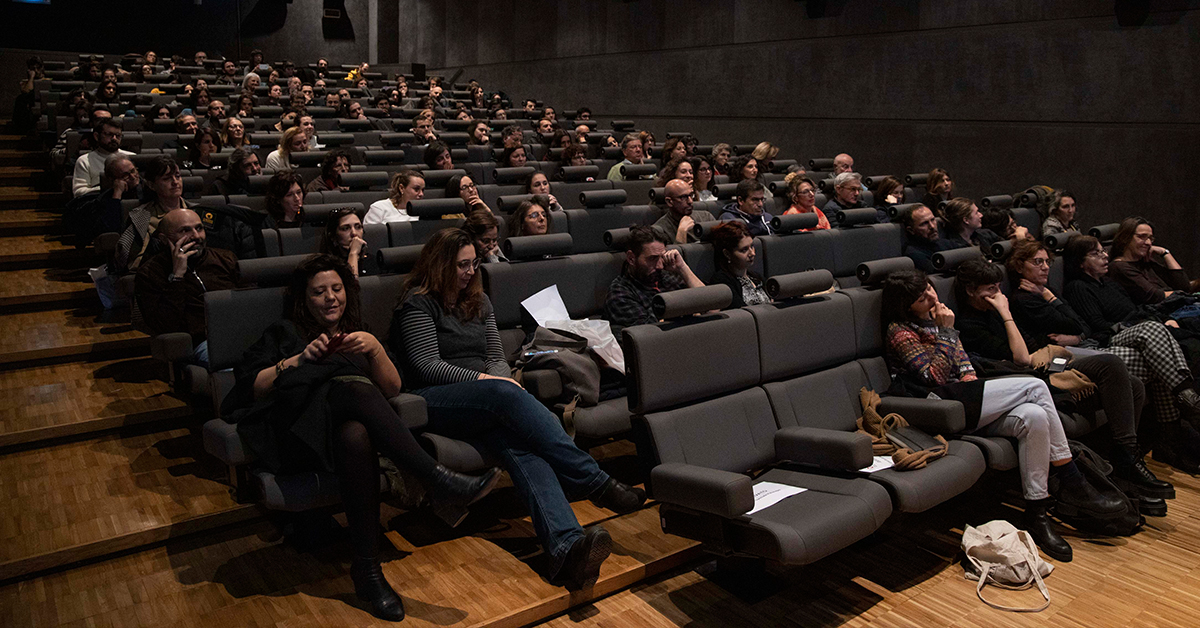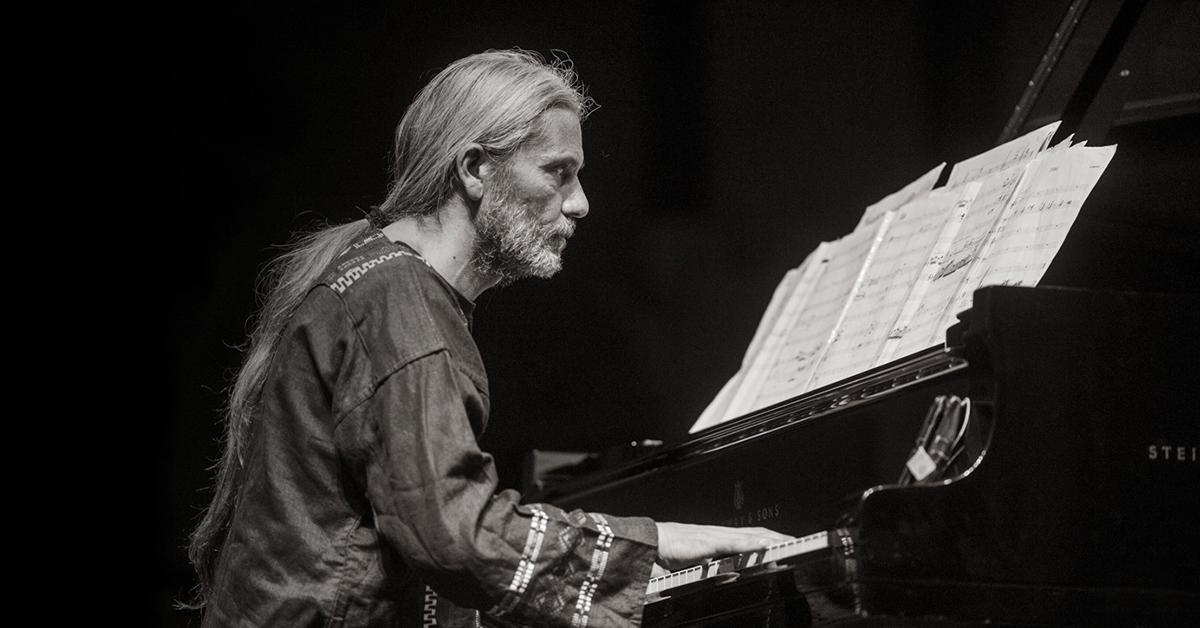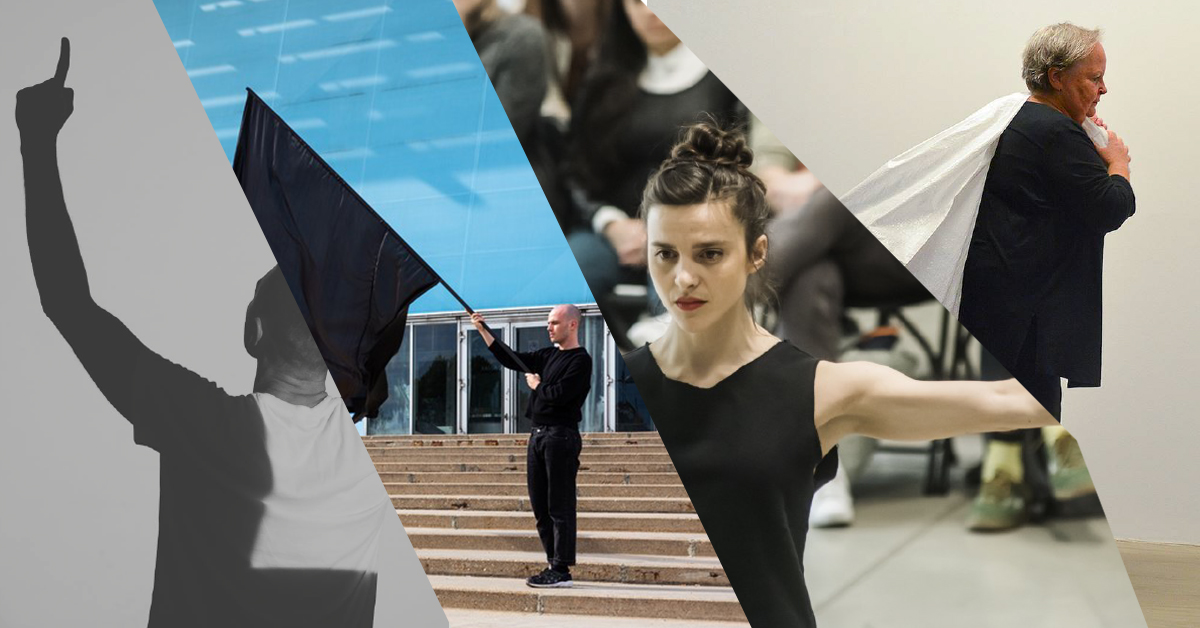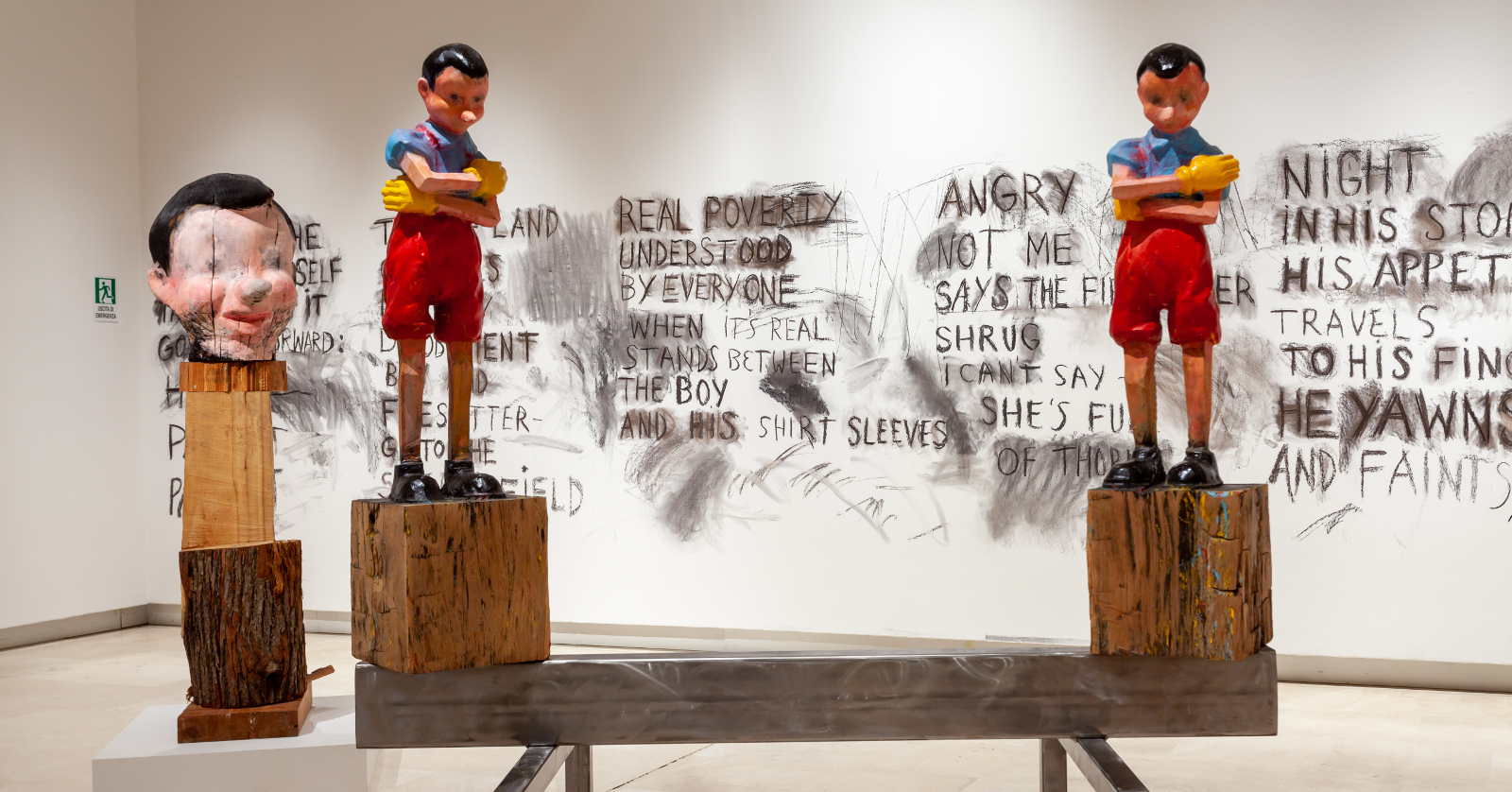"I cannot paint about nothing. I cannot make work about nothing. I would be lost if all I had was an empty room"
Jim Dine
With crystalline simplicity, the artist has stated that he imagines himself powerless beyond the environment from which he draws his nourishment, something which is confirmed over and over again in the many clues connecting his works with the rest of the world – work tools, timeless or fashionable garments, statues and paintings from Antiquity, masks, imaginary characters, composers…
These clues, which appear embedded in works that convey an individualism in its absolute form, point to legacies, influences, impressions, exchanges, all progressively received in Dine’s quest for an identity, for a generational sense of belonging, for a desire to emigrate, for curiosity, for chance… They derive from their original source but also, as Dine himself has admitted, from the variants and manipulations through which their stories, images and sounds have become known and passed down.
We had planned to devote a broad programme of “events”, running throughout the duration of the exhibition, to this cultivated artist, always so willing to engage and so aware of the dynamics of cultural transmission. Due to the social distancing rules introduced to contain the pandemic, it has not been possible to go ahead with this programme. We were only able to run the cinema retrospective devoted to the American director John Cassavetes and two conferences which took place before the lockdown.
By contrast, we are developing new initiatives and many of those that were scheduled have undergone a metamorphosis. Transforming them into reflections or initiations, their authors have adapted them to make them accessible in a different register – digitalizing them so that they could be enjoyed online rather than from life.
 |
|
Both conferences which took place the first month the exhibition was open have provided cues and information which are useful for understanding the connective tissue running through Dine’s work.
Taking her cue from one of the paintings included in the exhibition – British Joys (A Picture of Mary Quant), from 1965, onto the canvas of which hangs a garment by the cult “Swinging London” designer mentioned in the title – Clara Tosi Pamphili explores the ties between visual arts, music, fashion, social protests and the market in the 1960s.
Claudio Zambianchi focusses his analysis on how Dine uses objects in his work, having begun his conference with an analysis of the work of Jasper Johns and Robert Rauschenberg, with whom Dine shared both important artistic choices and a flourishing cultural milieu.
go to conferences
|
 |
|
Pianist Fabrizio Ottaviucci introduces and interprets three contemporary music milestones: John Cage’s prepared piano, Chance Music and Terry Riley.
Like the three concerts dedicated to Jim Dine, which have had to be cancelled due to the health emergency, these notes all concern some of the most radical and innovative composers of the Twentieth Century, all of whom share something of Dine’s context and expression.
In his introductions, which are followed by a performance, Ottaviucci offers different ways of understanding and listening to the pieces. He illustrates the methods and processes used in their composition, and follows the philosophy behind their conception. In this music, which is unusually open to
both chance and external contribution, the pianist reveals with clarity the various stages of his sensitive work as a performer in this genre.
go to Notes on Contemporary Music
|
 |
|
The 4 performances scheduled to be presented as part of the “events” which should have accompanied the Jim Dine exhibition, appear here in a new form. The artists have provided in-depth examinations of their individual work, conceived specifically for the suspended dimension we are all experiencing, a “heartbeat” intended to echo the pulse which should have taken place live. The projects open up to new angles, looking to the future or to the past, admitting us into an alternative way of observing the creative paths of these four artists. Jacopo Jenna, Annamaria Ajmone, Ula Sickle and Myriam Laplante use words, sounds and images to amplify their interaction with the performative object, revealing new and secret potentials which are able to evoke and enrich the moment in which it will, once again, be possible to have a physical proximity with their works.
go to 4 performances reload
|

© Azienda Speciale Palaexpo. Photo Paolo Darra |
|
With the exclamation “so many Pinocchios!”, poet and academic Valerio Magrelli embarks on his account of the endless interpretations and metamorphoses with which Collodi’s character has been invested. This cascade of variants and transformations would appear to confirm the theory of Pinocchio’s “mythification” expounded by semiologist Paolo Fabbri: from the judicial analysis to the theories of philosopher Emilio Garroni to the ultra-terrestrial and occult figure perceived by Girgio Manganelli, the shamanic Pinocchio of Jacqueline Bisset, the translations of Pinocchio into Latin, Umberto Eco’s tautogram, Fellini’s Casanova described by the director as “a Pinocchio who never becomes human”, the Calamita cosmica by Gino De Dominicis and the Pinocchios by Jim Dine.
go to Intorno a Pinocchio
|